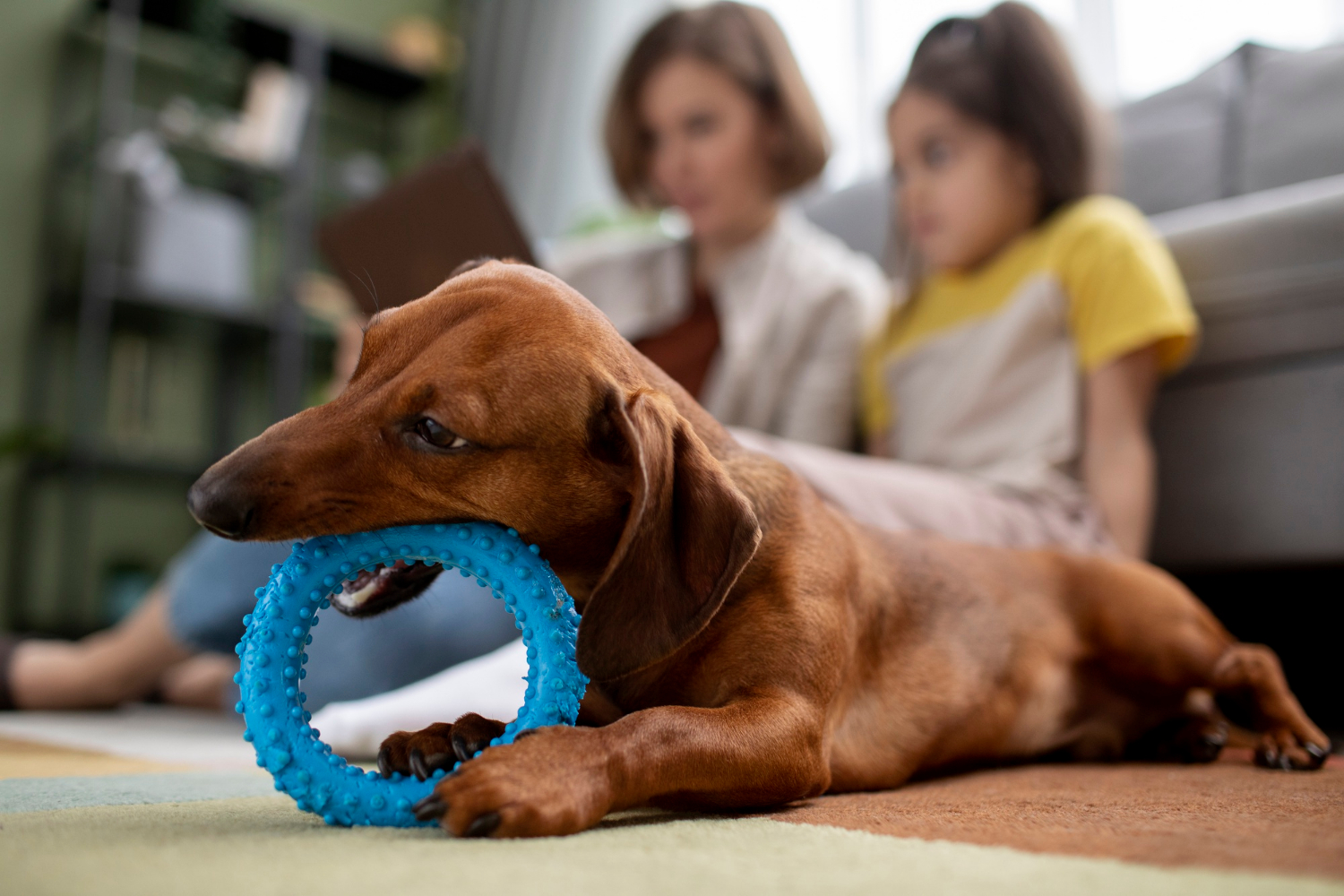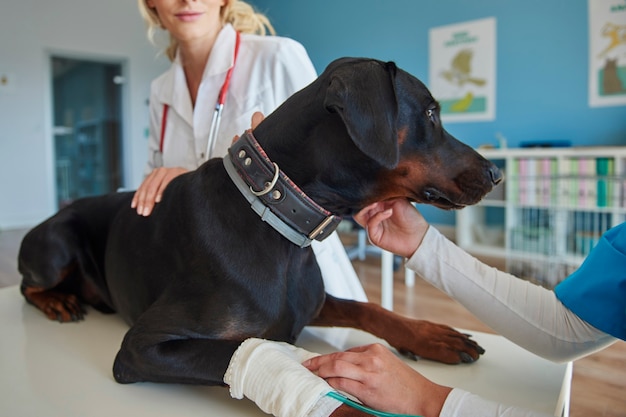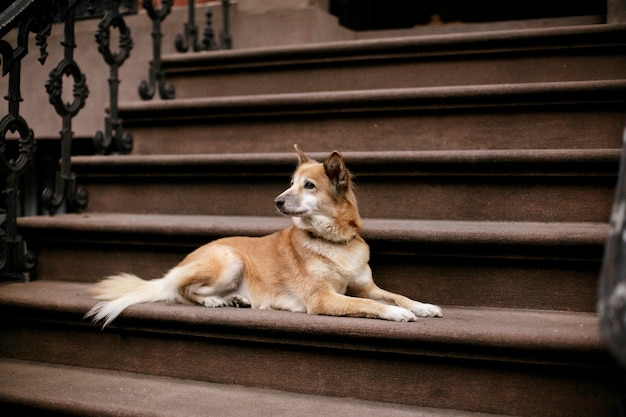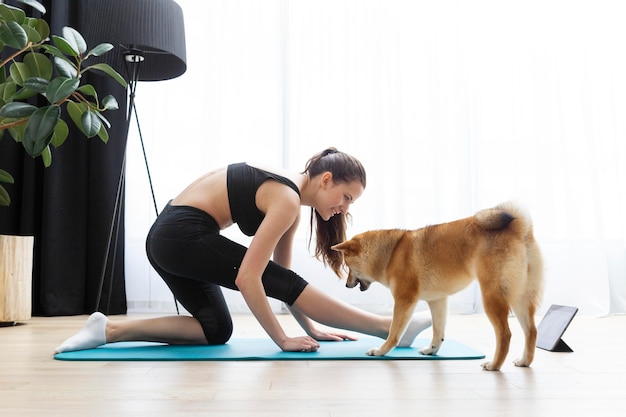Getting Your Pup Ready For Rehab: Tips For Pet Owners


Getting Your Dog Ready for Rehab: Essential Tips for Owners
When it happens, you think it might be the worst disaster ever: your best friend, your dog has an injury or diagnosis that's serious. But you go to your vet, hear the options, and follow the advice. Now, your dog is in the healing process, and your vet has recommended rehab. This should be the easy part, right? Rehab sounds easy, lots of stretching and gentle exercise. A walk in the park, probably.
Not so fast and not so easy. Rehab is designed to strengthen your dog's body from limitations before the injury and prevent them from reinjuring themselves in the future. It will involve careful planning, movement, and lots of breaks and fun.
But your dog doesn't know any of that. All your dog knows is that the injury is gone, but some pain remains, hopefully, less so every day. They've been cooped up, maybe for weeks, and their energy is high, but you keep telling them not to run around or do too much. They can't play with their friends, and you're limiting your time running with them. What's a pup to do?
The answer comes down to you. How do you keep your pup happy and healthy before and during the rehab process, whether they’re young or old, high energy or sleepy?
At Home
Starting at home is the first step. Working with your vet, you can evaluate your dog's diet to ensure they get the necessary calories- and not more!
Extra food can lead to excess weight, stress, a healing injury, or increased energy, which defeats the purpose of keeping your dog calm and cool. It can be tempting to love our pets with food: a snack here, a nibble there, a puppuccino in the car. But your dog will live for longer and from a place of better health if food isn't the main way you express that you care. Feeding smaller meals more often or using puzzle feeders can engage your dog's brain without increasing their food intake or activity.
Exercising your dog's mind can also strengthen the bond you share. Instead of playing fetch, look for other activities and games to play, like scent games, learning new tricks, asking them to problem solve, or even just experiencing new sensations will allow you to connect, engage, and excite your dog in ways that are physically safe during the rehab process. Many of these can be done with your own items, so no additional costs or materials are required!
Out and About
When you do take your dog outside, prior planning will help you stick to the rules. Have a clear idea of where you're going, how fast you want to go, and what you'll do if your dog starts
begging for more! Slow walks on even ground, if cleared by your rehabilitation specialist, can be just the thing to provide exercise for healing pups.
When it comes to your rehabilitation specialist, consider them your new friend. Not only can they give you a world of information about what activities and limitations your dog should focus on, but they can also teach new ways to interact. They'll provide you with homework, exercises, and activities to do at home to support the work they do, and they can also give you material to help "pre-teach" new rehab strategies and patterns to your dog.
Just In Case…
Dogs are pretty much defined by their enthusiasm. They love us, and they love the world. They love being part of it all! As a result, at some point in the rehab process, your dog may take something too far. They might jump suddenly out of excess exuberance, even when you've been specifically cautioned not to let them jump! They might slip the lead and go for a little run, playing keep away. Or maybe they just beg their way into some leftovers from dinner.
Regardless of how it happens, be honest with your veterinarian and rehabilitation specialist so they can help you. If your dog doesn't show immediate signs of pain or lameness, it probably doesn't warrant an immediate vet visit, but make sure to talk about it at your next visit! Knowing what areas your dog struggles with can also help your rehabilitation team come up with a plan for the future, perhaps to focus on strengthening a specific area or developing a workaround, so your dog can still get those needs and desires fulfilled in a way that doesn't put their recovery at risk.
Rehab doesn't last forever. Even if the work is hard, and sometimes you miss all the fun things you used to do with your pup, rehabilitation will help you get back there if you follow the process. Done correctly, rehabilitation prevents the risk of future injuries and promotes healing from previous ones. Rehab helps your pup live a long, healthy, active life!




